/ conroy125
When ordering parts for your Yamaha Big Bear, Grizzly, Bruin etc, there are two methods which can be used to help identify your machine.
Locating Your Yamaha ATV’s VIN or Chassis Number
The Vehicle Identification Number (VIN) of your Yamaha ATV is a unique number used to identify your vehicle. It is stamped on the frame of your Quad.
It is important to provide the correct VIN as Yamaha Quads purchased in Ireland or the United Kingdom (UK) or EU may not be the same as the equivalent machines made for the US market.
Location: Always on the left side lower frame rail between the A-Arm Mounts and Engine (Sometimes hidden by Mudguard/Plastics). All Terrain Tech Tip: Use a Rag to clean, flash light and possibly wire brush.
Important: The number will be 17 Digits.
Example: JY4AJ01W6WA007458
Locating Your Yamaha ATV’s Model Number
This number can be found by removing the seat of your ATV. The model label information is printed on a white sticker and used to identify your specific model and it’s colour code. It can also be used for ordering spare parts as an alternative to the VIN.
Location: On a small white sticker close to the air box (visible only be removing the seat)
Important: The model code will be 4 Digits, product code 3 Digits, and Colour code 1 Digit.
Example: 2UD2 010 B
Parts Diagrams
Use the Yamaha parts search tool to enter either your VIN or Model Number and find your vehicle’s year, model and more. Click here to use the tool.
Use this as a general
guide for all ATVs
Like Loading. ..
..
Uncategorized
Bear Tracker Vin Location, Big Bear Vin Location, Blaster Vin Location, Grizzly Chassis Number, Yamah Chassis Number, Yamaha ATV Frame Number, Yamaha ATV Model Identification, Yamaha ATV Vin Guide, Yamaha Chassis No, Yamaha Grizzly Vin Location, Yamaha Kodiak Vin Location, Yamaha Quad Frame number location, Yamaha Quad Parts Fiche, Yamaha Quad parts ireland, Yamaha Quad Parts Lookup, Yamaha Quads Parts Illustrations, Yamaha Raptor Vin Location, Yamaha Wolverine Vin Location
Locate the VIN number on the frame of the ATV. This number is usually found near the front end of the vehicle on the left side under the shift lever. The title of the ATV will also have the VIN number on it.
When you find the Yamaha Model Identification Number on an ATV, you can use charts to help decipher it. The VIN is positioned at the bottom of the Yamaha ATV on the frame. You will have to check to locate it, and your ATV may have nerf bars mounted which will make finding the stamp’s code difficult.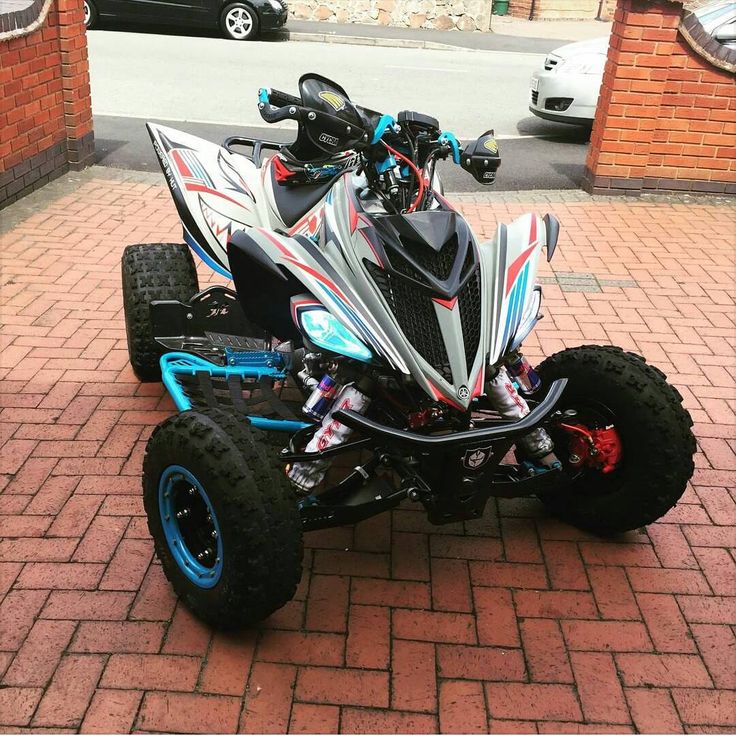 Also, don’t mistake the engine number, which is located on the engine, for the vehicle identification number.
Also, don’t mistake the engine number, which is located on the engine, for the vehicle identification number.
Where is the VIN number on a Yamaha Raptor? Yamaha Raptor VIN can be found stamped into the left, frame rail, just beneath the shifter.
Where is the VIN number on a Honda ATV? The VIN or frame number position does vary with each ATV make and model so care and effort should be taken when trying to locate it. They are often covered in mud dirt and rust. Suzuki ATV quad bike frame vin numbers are located on the rear frame rail. Honda ATV frame numbers are located in the front, on a flat plate behind the bumper.
What is the VIN number on a Yamaha ATV? Like many legal passenger vehicles, Yamaha ATVs have a 17-digit VIN or Vehicle Identification Number.
Table of Contents
Read the tenth digit. This digit represents the year that the ATV was made. For example, A=1980, B=1981, Y=2000, 1=2001, 9=2009 and A=2010.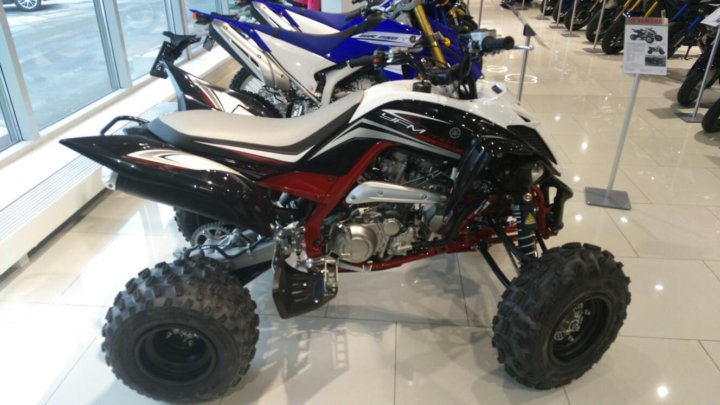 This letter or number can repeat (the “A,” for example), but the codes of the other digits in the VIN allow you to know in which year the ATV was made.
This letter or number can repeat (the “A,” for example), but the codes of the other digits in the VIN allow you to know in which year the ATV was made.
The first group of three numbers and letters in a VIN make up the world manufacturer identifier (WMI). In this group, the first digit or letter identifies the country of origin. The third digit, when combined with the first two letters or numbers, indicates the vehicle’s type or manufacturing division.
Where can I find my Motorcycle VIN? Motorcycle VINs are usually stamped into the steering neck of the motorcycle. This is located just behind the front forks, behind the headlight (if equipped).
The Vehicle Identification Number (VIN) of your Polaris ATV is a unique number used to identify your vehicle. It is stamped on the frame of your ATV. On vehicles from 1997 and newer, the VIN is 17 digits.
The first group of three numbers and letters in a VIN make up the world manufacturer identifier (WMI). In this group, the first digit or letter identifies the country of origin. The third digit, when combined with the first two letters or numbers, indicates the vehicle’s type or manufacturing division.
– Examine the first digit of the VIN number to find the manufacturer country of origin.
– Find the second digit in the VIN number sequence to determine the manufacturer of the vehicle.
– Read the third character in the VIN number sequence to find out the vehicle type.
Check that the 10th digit matches the year of manufacture. From 2000 onward, it is a number, and before 2000, it is a letter. For example, a 1998 model will have the letter W in the 10th position. Determine the plant where the ATV was made with the 11th digit.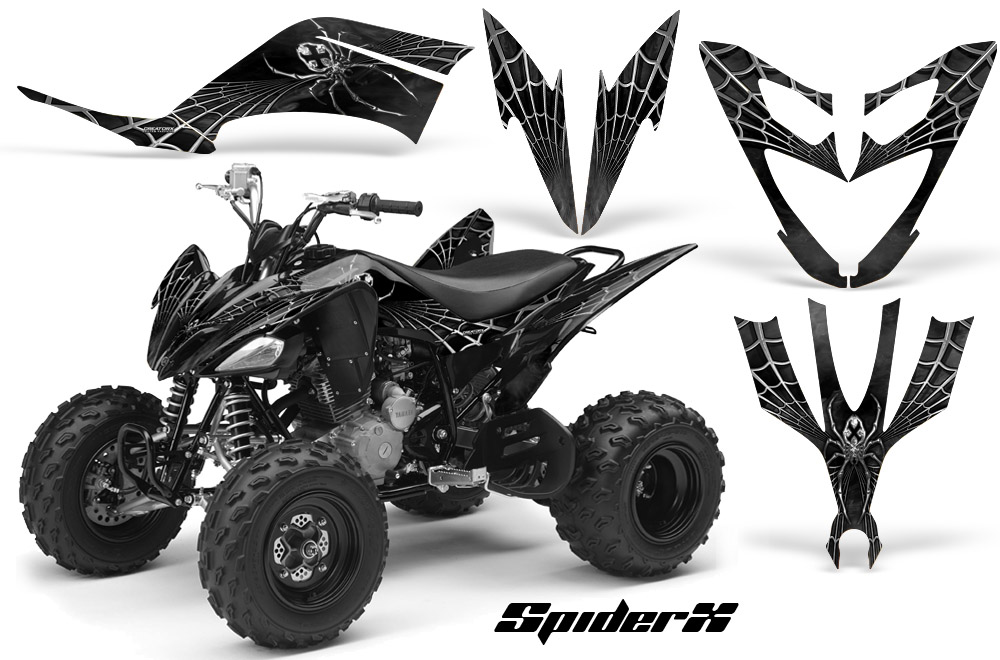
Every car has a unique number called VIN (Vehicle Identification Number) that is used to identify in which month and year that particular model is manufactured. The VIN is an alphanumeric code and you cannot tell the manufacturing month and year simply by looking at it.
– Locate the VIN on your Yamaha.
– Decode the meaning of your Yamaha motor vehicle VIN by breaking down the unique pattern of numbers and letters.
– Locate the third VIN digit.
– Notice VIN numbers four through eight.
– Observe the ninth figure on the VIN.
– Look at the 10th figure of the VIN.
– Locate the VIN on your Yamaha.
– Decode the meaning of your Yamaha motor vehicle VIN by breaking down the unique pattern of numbers and letters.
– Locate the third VIN digit.
– Notice VIN numbers four through eight.
– Observe the ninth figure on the VIN.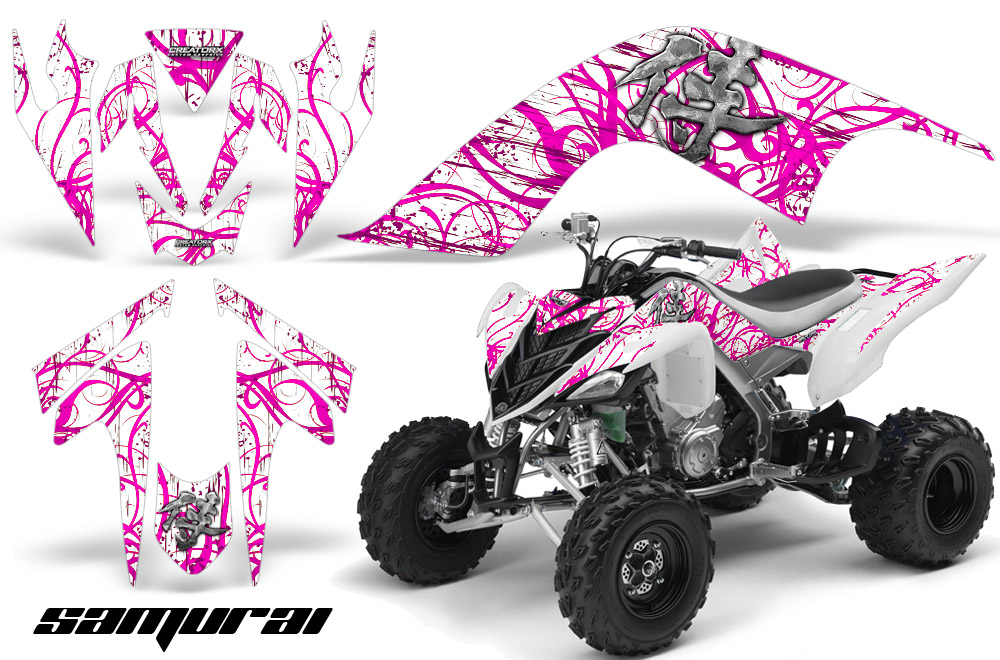
– Look at the 10th figure of the VIN.
– Digits 1 through 3 combined is the WMI, (World Manufacturer Identifier).
– Digits 4 through 8 represent the vehicle descriptor section.
– Digit 9 is a check digit.
– Digits 10 through 17 is the Vehicle Identifier Section.
– The 11th digit is the manufacturer’s plant code.
Read the tenth digit. This digit represents the year that the ATV was made. For example, A=1980, B=1981, Y=2000, 1=2001, 9=2009 and A=2010. This letter or number can repeat (the “A,” for example), but the codes of the other digits in the VIN allow you to know in which year the ATV was made.
– The first character is the country code.
– The second digit is the manufacturer.
– The third character is a code for what the vehicle is.
– The fourth through eighth characters represent the engine size, engine type, and model.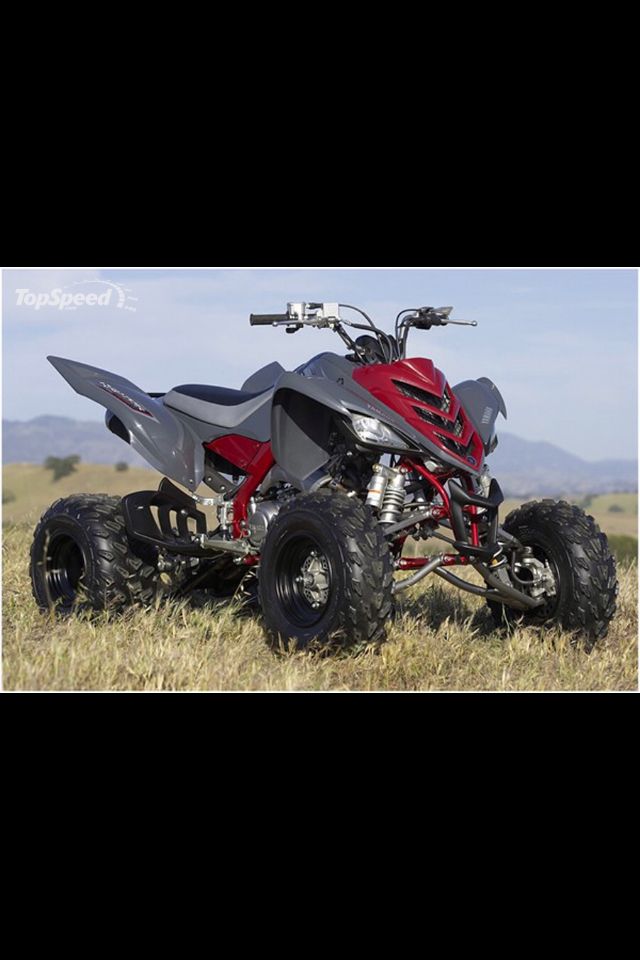
Suspension. Shock absorbers must be free of oil, and CV boots must be free of holes through which moisture can enter. To check the condition of the wheel bearings and hub bushings, you need to raise the ATV with a jack and shake the wheels vertically and horizontally - if there is play, one of these parts is worn out. Most often these are bearings. You also need to check all the suspension arms for play - perhaps ball bearings or silent blocks need to be replaced.
ATV with working shock absorbers lowers and rises evenly - when pressing on the rear or front, one of the sides should not sag.
Transmission. Gearboxes must be free of oil leaks and cracks. The oil in them can be checked by lowering a plastic clamp into the filler neck or unscrewing the drain bolts: it’s bad if the liquid is opaque, it contains chips or other foreign particles.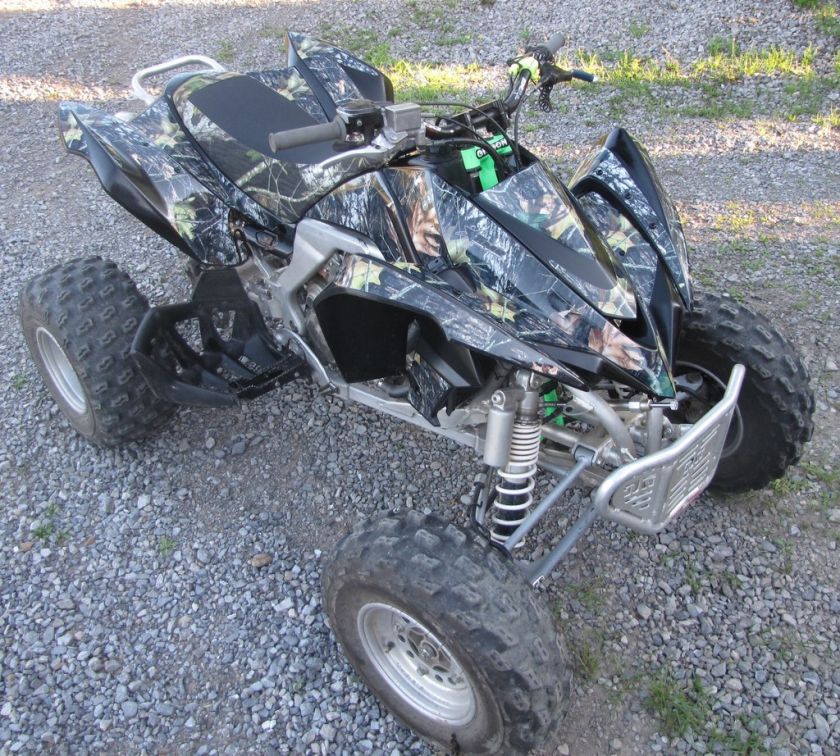 To check the modes of operation of the transmission, you need to jack up the front of the ATV. When all-wheel drive is on, when turning the left wheel, the right wheel should rotate in the opposite direction, and vice versa. When the differential lock is engaged, both wheels rotate in the same direction. Transfers should be included without effort and crunch.
To check the modes of operation of the transmission, you need to jack up the front of the ATV. When all-wheel drive is on, when turning the left wheel, the right wheel should rotate in the opposite direction, and vice versa. When the differential lock is engaged, both wheels rotate in the same direction. Transfers should be included without effort and crunch.
Engine. It must be free of oil. A serviceable motor starts in 2-3 seconds and works without a metallic rattle, an arbitrary increase and decrease in idle speed.
Bad sign - black oil or with foreign particles. Normally it is transparent.
A malfunction is also indicated by black, white or blue smoke from the exhaust pipe, as well as a burning smell. At idle, the exhaust gases of a serviceable ATV are almost transparent.
It is advisable to measure the compression in the cylinders - this will require a compression meter with adapters for different threads of the candles and knowledge of the normal compression value in the cylinders of a particular ATV model, taking into account the decompression meter.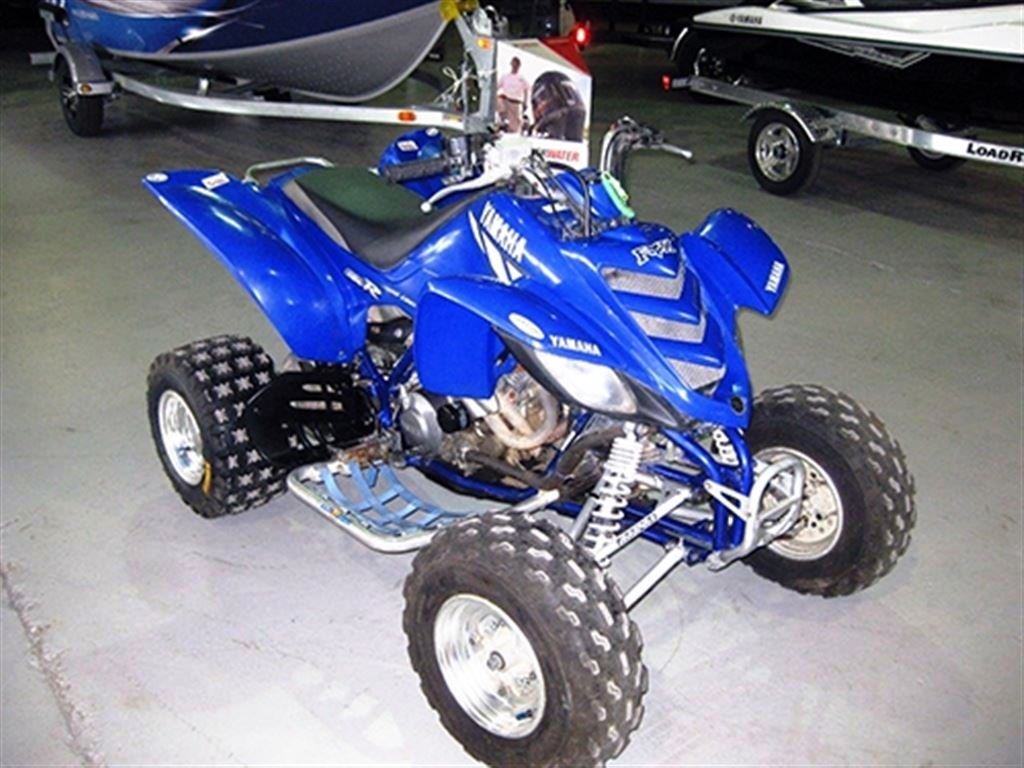
Coolant . You need to check with a cold engine. The antifreeze level must be between the minimum mark "LOW" and the maximum "FULL". The liquid should not be cloudy. If there is sediment or dirty “flakes” under the radiator cap, the motor was poorly maintained and may have overheated.
Air filter . If there are oil stains on it, most likely the ATV turned over.
Electrical . It is necessary to check the operation of the parking lights, high and low beams, turn signals, alarms, horns, heating, winches. Error indicators - for example, an electric booster - should go out when the engine is started.
Electric power steering . With the ATV running and jacked up, turn the steering wheel left, right, then center. With a working electric power steering, the steering wheel does not turn on its own.
Frame. Cracks, extensive corrosion, welding spots, stripped or fresh paint in the places where the suspension arms are attached, on the arms themselves and on the bottom of the frame - a reason to refuse to buy. Cracks or welding in the cargo platform area are not critical.
Cracks or welding in the cargo platform area are not critical.
The difference in one or more bolts of the engine, variator or bridge, as well as traces of sealant on the crankcase connectors, indicates that the assembly was disassembled to fix the breakdown.
ATV in good working order does not pull to one side. When moving back and forth with the wheels fully inverted, there is no cod. The start of movement and acceleration without jerks and bumps. When you turn on the four-wheel drive and differential lock, it becomes more difficult to turn the steering wheel.
| ||||||||||||||||||||||||||||||||||||||||||||||||||||||||||||||||||||||||||||||||||||||||||||||||||||||||||||||
| ||||||||||||||||||||||||||||||||||||||||||||||||||||||||||||||||||||||||||||||||||||||||||||||||||||||||||||||